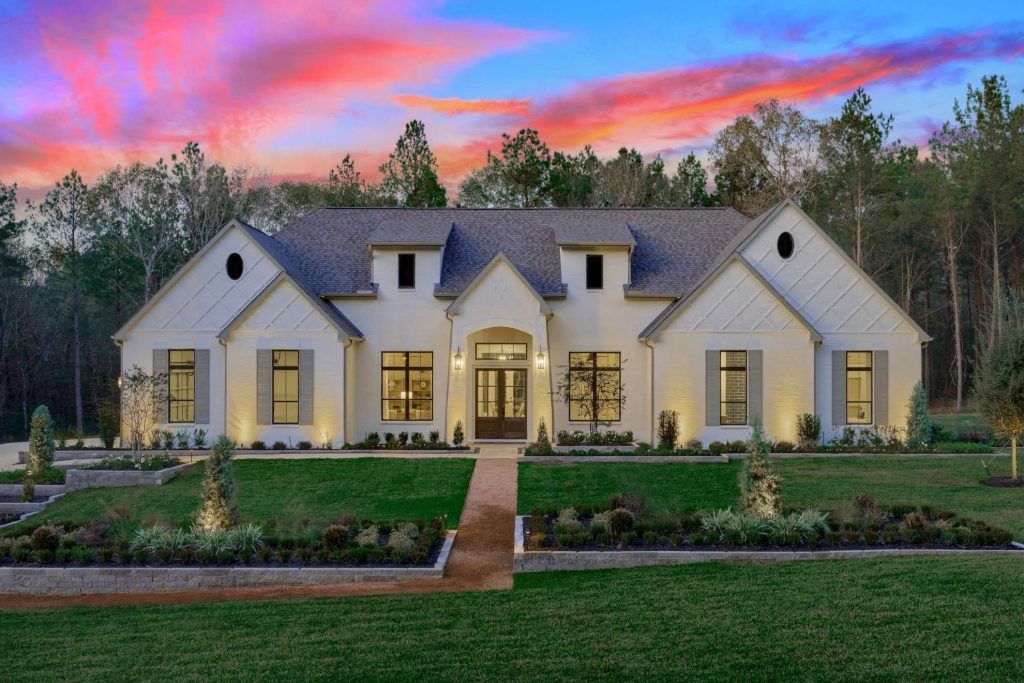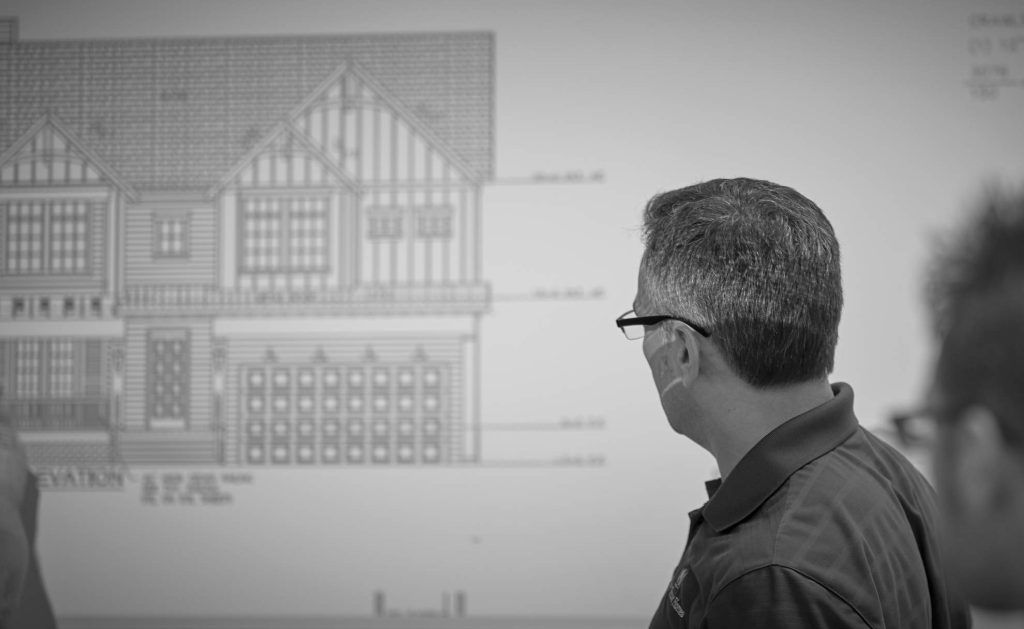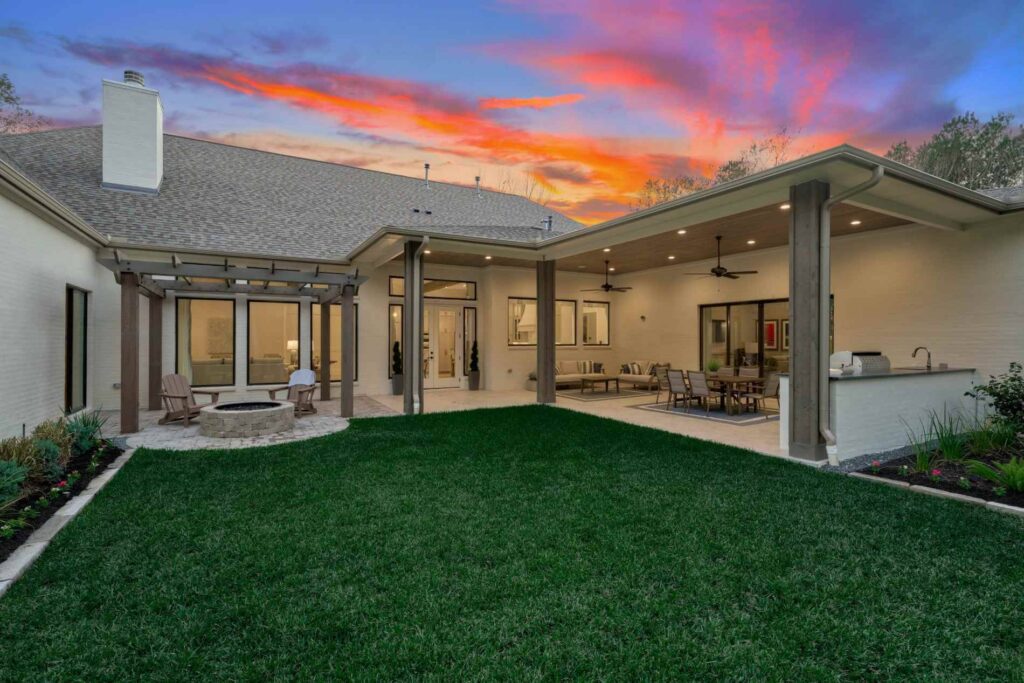Explore, Customize and Create your Dream
Your Dream Our Blueprint
At Royal Texan Homes, we specialize in creating custom floorplans, each a unique canvas for your needs. Our designs are crafted and tailored to your specific needs. Whether you’re dreaming of an extra room, a particular design feature, or a distinct layout, our floorplans are the foundation upon which we build your vision into reality.


Create Your Unique Architectural Imprint
Our meticulously devised floorplans culminate decades of architectural expertise and an unwavering commitment to quality construction. Yet, they merely mark the beginning of our journey with you. They lay the groundwork, and what follows is an exciting process of customization, where we hone and refine every element according to your personal preferences.
Your Vision Our Experties
At Royal Texan Homes, our skilled designers are central to our bespoke approach. These experts do more than just design homes, they sculpt your dreams into reality. Collaborating closely with you, they adeptly transform our initial floorplans into truly custom homes that resonate with your lifestyle, align with your tastes, and fulfill your specific requirements. We are committed to listening, understanding, and meticulously converting your visions into tangible architectural masterpieces.

Explore Our Custom Floorplans
Explore our custom floorplans for you to fit your unique story. Your dream, our craft, let’s create a home distinctly yours.

